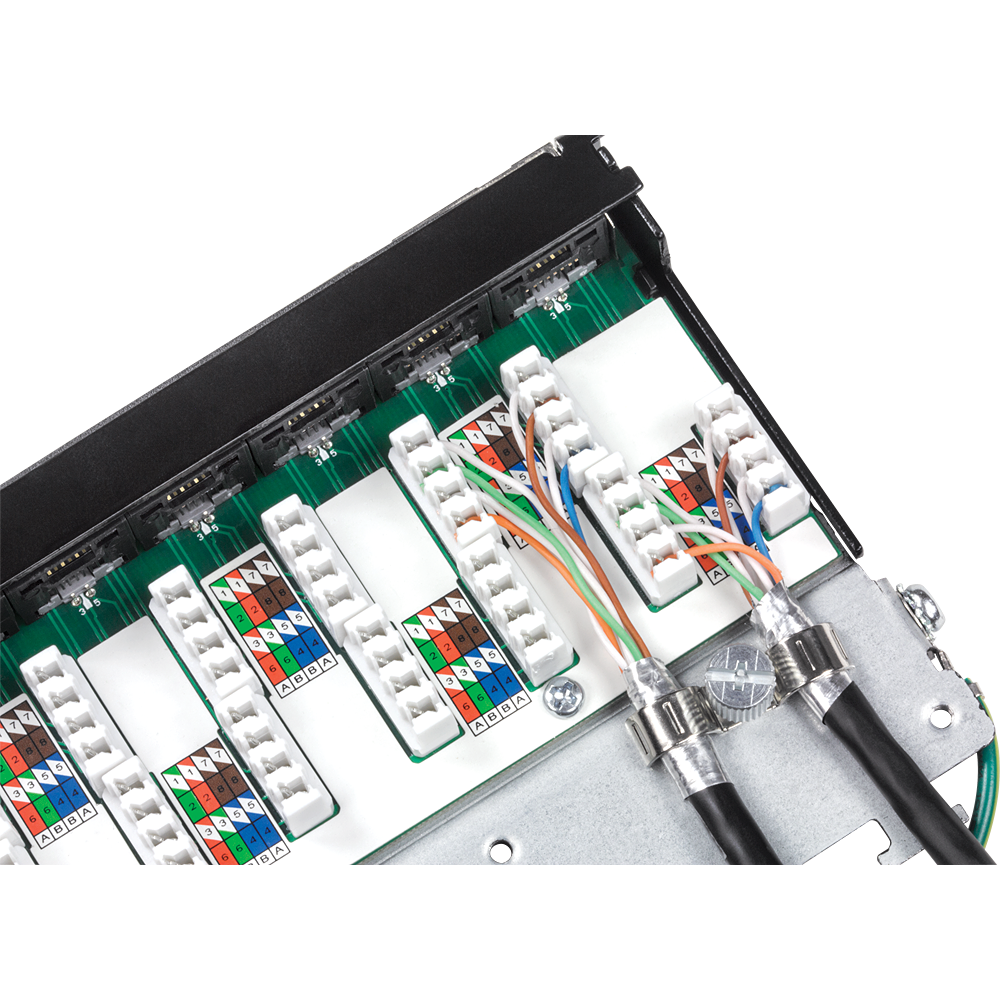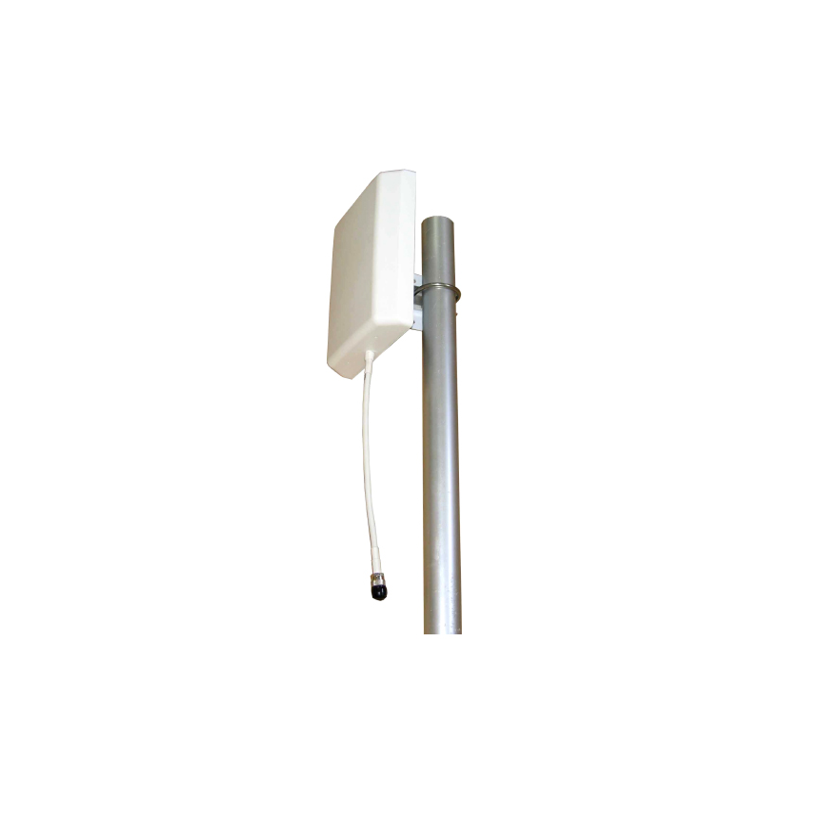

Google has not performed a legal analysis and makes no representation or warranty as to the accuracy of the list.) Doorhy Current Assignee (The listed assignees may be inaccurate. Google has not performed a legal analysis and makes no representation as to the accuracy of the status listed.) Not-in-force Application number EP05746781A Other languages German ( de)
POWERED EARTHNET REPEATER PATCH PANELS PDF
Scripting on this page enhances content navigation, but does not change the content in any way.- Google Patents EP1743490B1 - Powered patch panelĭownload PDF Info Publication number EP1743490B1 EP1743490B1 EP05746781A EP05746781A EP1743490B1 EP 1743490 B1 EP1743490 B1 EP 1743490B1 EP 05746781 A EP05746781 A EP 05746781A EP 05746781 A EP05746781 A EP 05746781A EP 1743490 B1 EP1743490 B1 EP 1743490B1 Authority EP European Patent Office Prior art keywords communications patch panel power network active Prior art date Legal status (The legal status is an assumption and is not a legal conclusion. Other features include power, data, and link status indicators. These devices can extend a cable segment up to 2000 meters, more than adequate for most situations.


Oracle MICROS recommends Transition Networks copper to fiber media converters. Media converters are available that can increase the distance between any two Ethernet devices up to 2000 meters, (6,600ft) using multi-mode fiber, or up to 20000 meters (66,000ft) using single mode fiber without a repeater. In addition, the use of a media converter can also be used to isolate clusters of MICROS equipment if a site is experiencing AC ground potential issues. However, running an Ethernet cable beyond this distance is often a requirement for large sites. In a structured cabling system, individual cable runs are limited to 90 meters (100 meters minus 10 meters for patch cables at each end), or 295ft. These devices allow you to insert a fiber cable between two copper cable segments to extend the total distance between two Ethernet devices. One of the most efficient ways of extending a 100Mbps cable segment beyond the 90 meter limit is with a pair of media converters. In addition, prefabricated fiber cables of various lengths pre-terminated with ST connectors are available. The recommend media converter from Transition Networks (as well as other suppliers) uses ST type fiber connectors that are easier to terminate than other types of fiber connectors. Many use fiber connectors that are easy to terminate. A number of cost effective media converters conforming to this standard are available. Fiber optic cable is immune to these phenomena.įiber is recommended for distances greater than 100 meters or as a solution to ground potential issues. If the voltages are great enough, arching between cable segments and smoked network interface components are possible. This can occur in large buildings or campus environments where equipment is powered from multiple AC power panels that are not operating at the same AC ground potential.Īt the very least, the voltage potential can skew the data signals on the cable, causing transient disruptions and or occasional losses of data. In addition, metallic cables are subject to an effect that produces voltage potentials between the cable and electrical ground. The greater the length of the cable, the greater the possibility it will be subject to interference from nearby electrical equipment. Despite shielding, grounding, and bypassing, metallic cables can behave like antennas, making them susceptible to RF noise. Fiber optic links on simple LANs can run without a repeater to distances of more than 3.5 kilometers.įiber based cabling systems are more reliable than metallic cabling systems because they are immune to electrical noise generated by support equipment in the building. Therefore, light signals go further with less attenuation. Signals on metal cables and the light in a fiber optic cable travel at approximately the same speed, but light meets less resistance as it travels along the cable. Instead, the electrical impulses are converted to pulses of light that indicate whether a bit is 1 or a 0. No electrical impulses are carried over a fiber optic cable as in a metal cable. The core is encased in cladding that keeps the light contained in the core. A typical fiber cable is composed of a glass core that carries the light signals. Fiber optic cables have conductors made of glass, rather than metal.


 0 kommentar(er)
0 kommentar(er)
